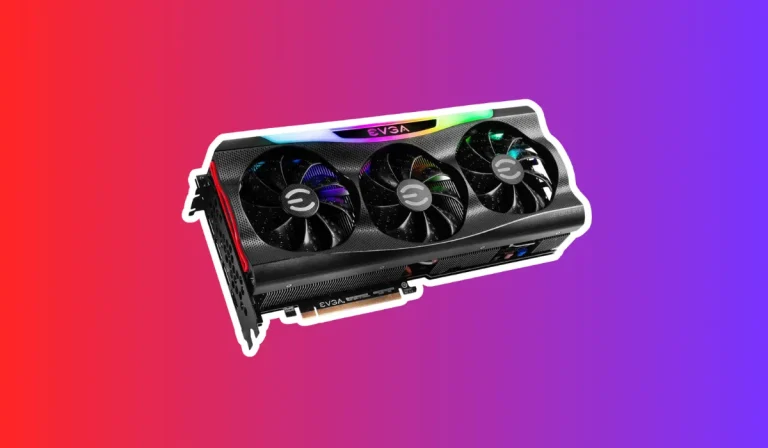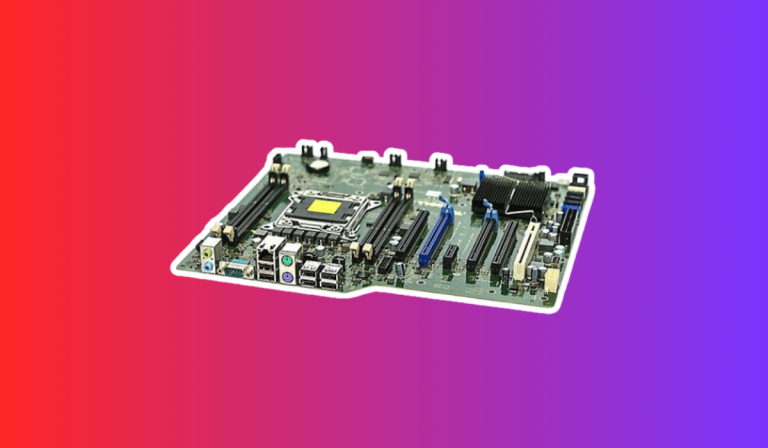Can you cool a PC with liquid nitrogen?
Picture this: you’re engrossed in an intense gaming session or working on a resource-hungry project when suddenly, your PC starts overheating. Frustrating, right? Cooling systems are crucial for PCs, but what if there was an alternative method that could take cooling to a whole new level? Enter liquid nitrogen cooling. We’ll explore this cutting-edge technique and its potential to revolutionize PC cooling.
Benefits of Liquid Nitrogen Cooling
Liquid nitrogen cooling offers several notable benefits for PC enthusiasts seeking optimal performance and temperature management. Let’s delve into some of the key advantages:
Enhanced Cooling Efficiency
Liquid nitrogen has an incredibly low boiling point of approximately -196 degrees Celsius (-321 degrees Fahrenheit). This extreme temperature allows for unparalleled cooling efficiency.
By directly exposing PC components to liquid nitrogen, heat can be rapidly dissipated, helping to maintain lower temperatures even during intense usage. This enhanced cooling capability can lead to improved overall performance and stability.
Overclocking Potential
One of the significant advantages of liquid nitrogen cooling is its ability to facilitate higher overclocking potential. Overclocking refers to the process of pushing a PC’s components beyond their default settings to achieve higher performance.
However, increased performance often leads to higher heat generation. Liquid nitrogen cooling can counteract this issue by efficiently dissipating heat, allowing for more aggressive overclocking without risking damage to the hardware.
Extended Lifespan of Components
By keeping PC components at lower temperatures, liquid nitrogen cooling can contribute to an extended lifespan for these crucial parts. Excessive heat can degrade the performance and longevity of sensitive components like the CPU and GPU over time.
By utilizing liquid nitrogen cooling, enthusiasts can effectively mitigate heat-related damage, potentially prolonging the lifespan of their hardware investment.
While liquid nitrogen cooling offers remarkable advantages, it’s important to note that it also comes with certain considerations and limitations. In the following sections, we’ll explore the potential risks and challenges associated with this cooling method, as well as how it compares to traditional cooling methods. Stay tuned!
Risks and Challenges
While liquid nitrogen cooling offers enticing benefits, it’s important to be aware of the potential risks and challenges involved before deciding to implement this cooling method for your PC.
Safety Concerns
Handling liquid nitrogen requires caution and adherence to proper safety protocols. Liquid nitrogen is extremely cold and can cause frostbite or severe burns if not handled with care.
Additionally, the rapid evaporation of liquid nitrogen can displace oxygen in an enclosed space, leading to asphyxiation. It is crucial to have proper ventilation and take necessary precautions to ensure personal safety.
Condensation and Moisture Damage
One of the challenges associated with liquid nitrogen cooling is the potential for condensation and moisture damage. When using liquid nitrogen, extreme cold can cause moisture in the air to condense on PC components when they are exposed to the cold substance.
This condensation can lead to short circuits and damage sensitive electronics. Proper insulation and moisture-proofing techniques are necessary to mitigate this risk.
Cost and Accessibility
Liquid nitrogen cooling can be more expensive compared to traditional cooling methods. The cost of acquiring and regularly replenishing liquid nitrogen can add up over time. Additionally, liquid nitrogen may not be readily available in all areas, making it less accessible for some PC enthusiasts. Considering the ongoing expenses and availability is essential when considering liquid nitrogen cooling as a viable option.
By being aware of these risks and challenges, PC enthusiasts can make informed decisions regarding the feasibility and suitability of liquid nitrogen cooling for their specific needs.
In the next section, we will compare liquid nitrogen cooling with traditional cooling methods to provide a comprehensive understanding of the advantages and disadvantages of each approach. Stay tuned!
Practical Considerations and Limitations
While liquid nitrogen cooling may sound enticing, there are practical considerations and limitations to keep in mind before diving into this advanced cooling method for your PC.
Hardware Compatibility
Liquid nitrogen cooling requires specific hardware modifications to ensure compatibility. For instance, a CPU pot or GPU pot is needed to safely contain the liquid nitrogen and distribute it across the components. These modifications can be complex and may require technical expertise.
Additionally, not all PC components are designed to withstand the extreme cold temperatures associated with liquid nitrogen cooling. It is crucial to thoroughly research compatibility and seek professional advice before attempting this cooling method.
Maintenance and Monitoring
Liquid nitrogen cooling systems require regular maintenance and monitoring. As liquid nitrogen evaporates rapidly, it needs to be replenished regularly to maintain optimal cooling efficiency. Monitoring the system for leaks and ensuring proper insulation is essential to prevent condensation and potential damage.
This additional maintenance and monitoring can be time-consuming and may require a higher level of expertise compared to traditional cooling methods.
Portability and Accessibility
Liquid nitrogen cooling setups are often bulky and less portable compared to traditional cooling systems. The need for a constant supply of liquid nitrogen and the associated equipment can limit the portability of a PC using this cooling method.
Moreover, the availability of liquid nitrogen may vary depending on the location, making it less accessible for some users.
Considering these practical considerations and limitations is crucial when weighing the benefits and drawbacks of liquid nitrogen cooling. In the next section, we will explore a comparison between liquid nitrogen cooling and traditional cooling methods to help you make an informed decision. Stay tuned!
FAQs
1. Can I cool my PC with liquid nitrogen?
Yes, liquid nitrogen can be used to cool a PC, but it requires specific hardware modifications and expertise to ensure compatibility and safety.
2. Is liquid nitrogen cooling safe for my PC?
Liquid nitrogen cooling can be safe for your PC if proper precautions are taken.
3. How does liquid nitrogen cooling compare to traditional cooling methods?
Liquid nitrogen cooling offers enhanced cooling efficiency and overclocking potential compared to traditional cooling methods.
4. Do I need to modify my PC components for liquid nitrogen cooling?
Yes, liquid nitrogen cooling requires specific modifications to your PC components, such as CPU and GPU pots, to safely contain and distribute the liquid nitrogen.
5. What are the limitations of liquid nitrogen cooling?
Liquid nitrogen cooling has limitations such as hardware compatibility requirements, the need for regular maintenance and monitoring, and reduced portability compared to traditional cooling methods.
Conclusion
Liquid nitrogen cooling offers the promise of enhanced cooling efficiency and overclocking potential for PC enthusiasts. However, it is important to consider the risks, challenges, and practical limitations associated with this advanced cooling method.
Safety concerns, condensation risks, and the need for hardware modifications and maintenance are factors that should not be overlooked. Ultimately, the suitability of liquid nitrogen cooling depends on individual preferences, technical expertise, and budget constraints.





